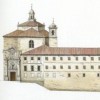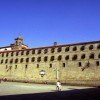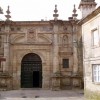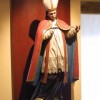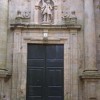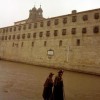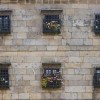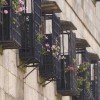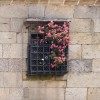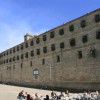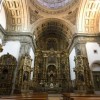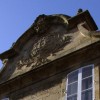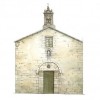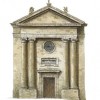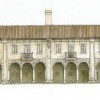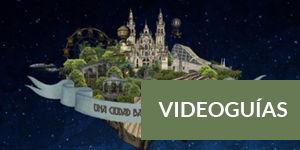- Accede I
- Regístrate I
- carrito
Monasterio e Iglesia de San Paio de Antealtares
Ss. IX-XVIII. Actualmente Barroco.
Fue fundado en el siglo IX por Alfonso II con doce monjes benedictinos, para que cuidaran y dieran culto al recientemente aparecido sepulcro del Apóstol Santiago. La actual construcción pertenece casi en su totalidad a los siglos XVII y XVIII, ya que la primitiva fue derrumbada.
Uno de los muros laterales cierra un flanco de la Plaza de la Quintana con absoluta sobriedad, a base de muros lisos sin decoración. En el centro de este muro, una lápida recuerda la formación del Batallón Literario organizado por los universitarios compostelanos para defensa de Galicia contra las Tropas de Napoleón.
En la fachada opuesta a la Plaza de la Quintana, encontramos la portería y en el ángulo la llamada puerta de los carros.
Tras la marcha de los monjes benedictinos en 1499, el monasterio fue ocupado por monjas de clausura. El convento se dedicó a San Paio, que siendo niño fuera martirizado en Córdoba. Su imagen degollada preside la fachada del templo.
La iglesia, de planta de cruz griega fue diseñada por fray Gabriel de Casas. Destaca en su interior el retablo del altar mayor.
A través de la iglesia podemos acceder al Museo de Arte Sacra, en el que se conserva el primitivo altar que acompañaba al sarcófago apostólico y que fue regalado por Xelmírez a este convento, substituyéndolo por otro más grandioso en el interior de la catedral.



















